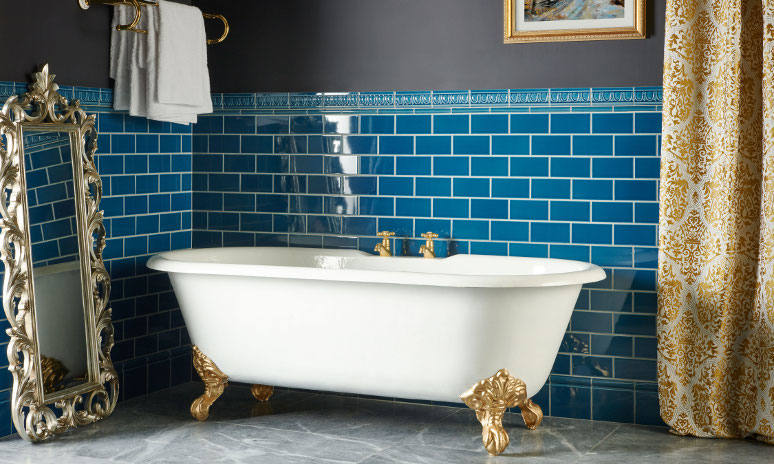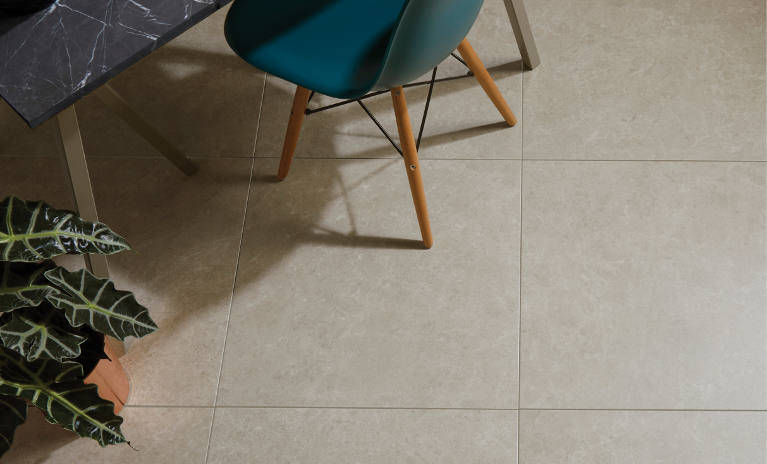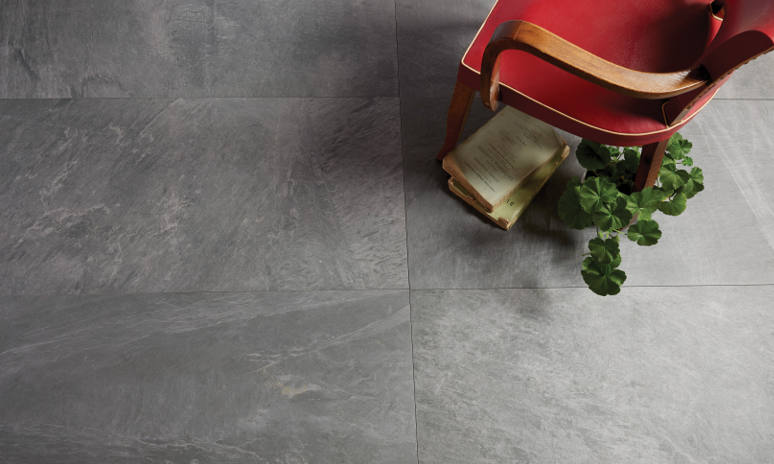
There is no denying that tiles are a wonderful addition to the home. They can really make a bathroom or kitchen spring to life by transforming floors, walls and shower stalls.
But what happens to your tiles when you feel like redecorating? You could throw them away or you could consider recycling and reusing them.
Upgrading your tiles
The fact you might have tiles you are considering recycling is likely due to a little home improvement. Let’s face it; home decor can feel a little stale after a while and freshening the place up is often in order. Even if you once loved your decor, looking at the same walls for too long can make you start itching to change things around.
The beauty of using a material like tiles to decorate your home is that you have the freedom to chop and change things around as often as you like. As a top-rated, small local business, our natural stone tiles come in a variety of styles, including wood effect, and are perfect for renovating your bathroom, kitchen or shower. Once you have remodelled your home, you could have some tiles left behind that you might want to recycle.
Here are some ideas about what to do with your old tiles.
Repurposing tiles is fun
Giving your old tiles away to someone who needs them is a great way to ensure there is less waste in the world. However, we think repurposing tiles and giving them a new lease of life by transforming them is a fun and rewarding activity.
You can unleash your inner artist with these creative uses for old tiles:
- Tile coasters and placemats
- Tile tabletop
- Decorative tile tray
- Planter
You might enjoy repurposing tiles so much that you just enjoy buying them and finding alternative uses for them.
We have a fine collection of ceramic wall tiles that look great in any part of the home they are placed. They are perfect for any home improvement project, or some arts and crafts time too.
Our marble flooring tiles are perfect for elegant flooring but are also ideal for home improvement projects as they are large enough to act as a tabletop or tray surface on their own.
Recycling tiles at the local recycling centre
If you have been through a redecoration project in the past you might have realised how difficult it is to recycle old tiles. Many recycling and refuse plants don’t specifically take tiles and they tend to get thrown into the rubble collection point. Once your old tiles are thrown in with the rest of the rubble, there’s not much hope of fishing them out.
Old tiles will get thrown in with other building rubble and either crushed and turned into concrete or possibly sold as materials for building roads. However, there are things you can do yourself to recycle and reuse some of your old tiles to save them from destruction.
Give tiles a new home
Your tiles have served you well but it’s time to move on to something bigger and better. Maybe you think your tiles deserve better than to be smashed up and repurposed as building materials. One way to give ceramic tiles a new lease of life is to offer them out to friends and family.
Perhaps you know someone who has just moved house or has a project that they could use some porcelain tiles. Porcelain tiles are hardwearing, versatile and look great, so they are perfect for donating to others once you have finished with them. You can also check local community notice boards for any people or charities looking for tiles.
Social media has plenty of positives and negatives but one of its great benefits is putting people in touch with each other. You could always post to a local social media community page or marketplace to see if anyone is keen to take them off your hands. This way, you know that your old tiles will be of use to someone again.
How to remove tiles without breaking them
Getting tiles off the wall or floor without breaking them is going to be the biggest challenge to ensuring they can be reused. Naturally, once a tile has been put in place it is designed to stay there. That can make removing them pretty tricky but there are ways to work them out of their place and keep them intact.
The first thing you need to do is to wear away the grout, which may require tools like a grout saw or utility knife. Power tools will get the job done faster but not everyone has them and feels confident using them.
Once the grout is removed it’s time to pop the tile out. This can be easy or difficult depending on how stuck they are underneath. Try easing a chisel below the tile and start tapping gently with a hammer to see if it is going to come loose.
If it’s looking like it won’t budge then switch to something more flexible, like a putty knife. Slide the putty knife under the tile and begin working away at the adhesive until the tile comes away.
Once you have managed to get the first tile off without breaking it, the rest should come off quite easily. You could always sacrifice one tile to preserve the rest if this job becomes too fiddly.
What to do with broken tiles?
It’s still possible to reuse broken tiles but your options are more limited. Broken tiles are great for mosaic making, and it’s even something you could do with the kids on a rainy day. However, make sure everyone is wearing protective gloves and safety glasses as those shards will be sharp.
With broken tiles you could make the following:
- Mosaic plant pots
- Mosaic tile magnets
- Tiled bookcase
- Mosaic bathroom mirror surround
- Mosaic garden path
Buying Natural Stone Tiles
If you would rather buy tiles than find new uses for them, we can help you out. Our natural stone tiles come in a wide range of options to perfectly fit into your home. Versatile options like slate tiles can be cut to any size and are perfect for traditional and contemporary homes.
We also offer a tile repair and replacement service, so you don’t have to struggle with removing them yourself. For tiles that last a long time, get in touch for a no-obligation quote.







